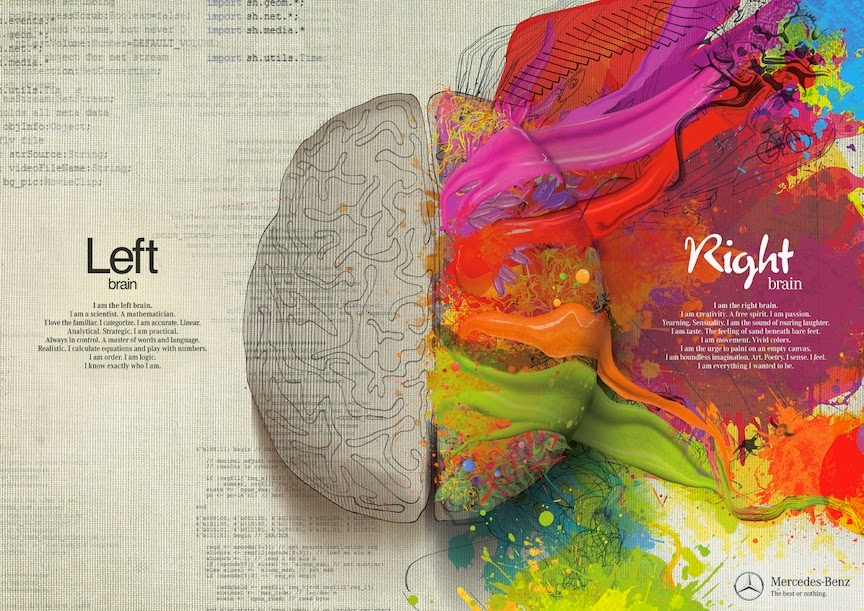
The brain is an isolated organ. Neurons are cells that compose the brain, nerves and spinal cord, and they aquaints with each other by means of electrical impulses known as action potential, but the interactions between neurons are complicated and difficult to understand. It is difficult to be able to reach the brain: the introduction of instruments into the skull trough the brain needs to be made by surgery.
However, the work of teachers Eitan Kimmel and Shy Shoham and Misha Plaksin doctoral candidate in the American Technion Society, could lead to the unraveling of the mysteries of the brain through noninvasive technique that uses sound and perhaps can help obtain new treatments for diseases. The results were published on January 21, 2014 in Physical Review X.
The scientists knew for some time that ultrasonic waves can have some affects on cells in many ways. For example, doctors are using ultrasound to provoce the growth of blood vessels and bones. They are also used in heat-based therapy. When ultrasonic waves are applied to neurons, they can change the way they produce and send electrical signals. “We know that ultrasound produces all kinds of effects in cells,” says Professor Kimmel, “but the way they act, in many cases, it is not clear, especially when we talk about neural provocation.”
A new pattern it can greatly help to clarify the mode of action of ultrasound on cells. This new understanding of the interaction between sound waves and cells based on the cell membrane. This microscopic composition is the skin that surrounds a cell, it keeps the core and the DNA contained therein separated from the environment. The membrane-forming molecules are possitioned in a certain way that they form two layers with room between them.
According to Kimmel’s model when ultrasonic waves meet a cell, the two layers of the cell membrane starts to get vibrations (similar to the way in which a human vocal cords are vibrating when the air passes through the larynx). Cell membranes act as capacitors to accumulate electrical charge too. When the layers are vibrating, the electric charge of the membrane is moving, which leads to the appearance of an alternating current which leads to an accumulation of electric charge. The more the vibration continues for a longer period of time, the more electric charge accumulates in the membrane.
Finally, the accumulated electric charge causes an action potential.
Technion team used this theoretical model to predict some experimental results were subsequently verified by experiments consisted of stimulating the brain of guinea pig by a team from Stanford University. According to Professor Shoham, this is ” the first predictive theory based on ultrasound stimulation.” These results mean that scientists may be on the verge of understanding, finally, how are the ultrasound affecting the nerve cells.
And this new finding it’s possible to lead to new breakthroughs in medicine. For example, scientists could use ultrasonic waves to check the internal structure of the brain, non-invasive mode that will be safer than implanting electrodes which supplements the information provided by MRI (Magnetic Resonance Imaging nt) . Doctors may also use ultrasound to treat seizures. Shoham began to study the way that ultrasonic waves could stimulate cells in the eye ball, possibly creating images and allowing people to see without light. “There is great potential for developing additional applications,” says Kimmel.
Technion team’s findings also highlight, also, how important it is to have a theoretical understanding of the phenomena of nature. After all, says Shoham, “can do so much stuff with effects that we do not understand.”








